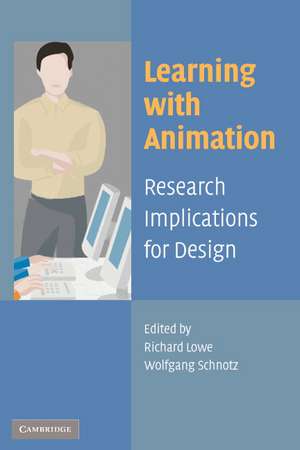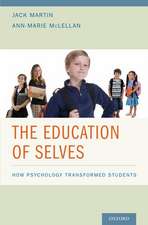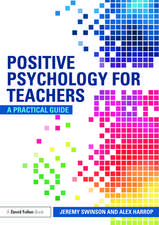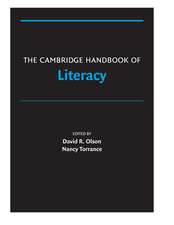Learning with Animation: Research Implications for Design
Editat de Richard Lowe, Wolfgang Schnotzen Limba Engleză Paperback – 18 noi 2007
| Toate formatele și edițiile | Preț | Express |
|---|---|---|
| Paperback (1) | 304.45 lei 6-8 săpt. | |
| Cambridge University Press – 18 noi 2007 | 304.45 lei 6-8 săpt. | |
| Hardback (1) | 537.47 lei 6-8 săpt. | |
| Cambridge University Press – 18 noi 2007 | 537.47 lei 6-8 săpt. |
Preț: 304.45 lei
Nou
Puncte Express: 457
Preț estimativ în valută:
58.26€ • 60.46$ • 48.70£
58.26€ • 60.46$ • 48.70£
Carte tipărită la comandă
Livrare economică 15-29 martie
Preluare comenzi: 021 569.72.76
Specificații
ISBN-13: 9780521617390
ISBN-10: 0521617391
Pagini: 402
Ilustrații: 21 tables
Dimensiuni: 151 x 227 x 25 mm
Greutate: 0.55 kg
Ediția:1
Editura: Cambridge University Press
Colecția Cambridge University Press
Locul publicării:New York, United States
ISBN-10: 0521617391
Pagini: 402
Ilustrații: 21 tables
Dimensiuni: 151 x 227 x 25 mm
Greutate: 0.55 kg
Ediția:1
Editura: Cambridge University Press
Colecția Cambridge University Press
Locul publicării:New York, United States
Cuprins
Preface Richard Lowe and Wolfgang Schnotz; Part I. Information Search and Processing: 1. Effects of knowledge and spatial ability on learning from animation Mary Hegarty and Sarah Kriz; 2. Research-based principles for learning with animation Richard Mayer; 3. Learning from animation: where to look, when to look Richard Lowe; Part II. Individual Differences and Strategies: 4. Successful and less successful use of dynamic visualizations in instructional texts Rolf Ploetzner, Daniel Bodemer and Sieglinde Neudert; 5. Functions of animation in comprehension and learning Wolfgang Schnotz and Thorsten Rasch; 6. Animations of thought: interactivity in the teachable agent paradigm Daniel L. Schwartz, Kristen P. Blair, Gautam Biswas, Krittaya Leelawong and Joan Davis; 7. Making sense of animation: how do children explore multimedia instruction? Mireille Bétrancourt and Alain Chassot; 8. Commentary on Parts I and II John R. Kirby; Part III. Interactivity and Learning: 9. Animated pedagogical agents: how do they help students construct knowledge from interactive multimedia games? Roxana Moreno; 10. Young learners' control of technical animations Jean-Michel Boucheix; 11. Turning the tables: investigating characteristics and efficacy of student-authored animations and multimedia N. Hari Narayanan and Theresa Hübscher-Younger; Part IV. Instructional Issues: 12. Enriching animations Barbara Tversky, Julie Heiser, Rachel Mackenzie, Sandra Lozano and Julie Morrison; 13. A comparison of how animation has been used to support formal, informal, and playful learning Yvonne Rogers; 14. A unified view of learning from animated and static graphics Wolfgang Schnotz and Richard Lowe; 15. Commentary on Parts III and IV Susan R. Goldman.
Recenzii
'The international authors clarify and integrate the major themes of current research into learning with animation, exploring requirements for the principled design of learning resources.' The Times Higher Education Supplement
Descriere
This book explores the effectiveness of electronic-based learning materials by a team of international experts.
















